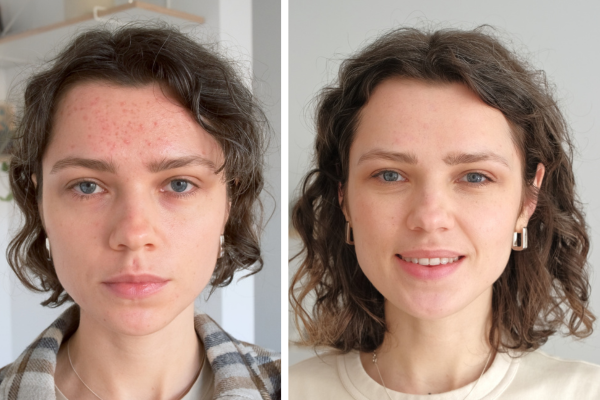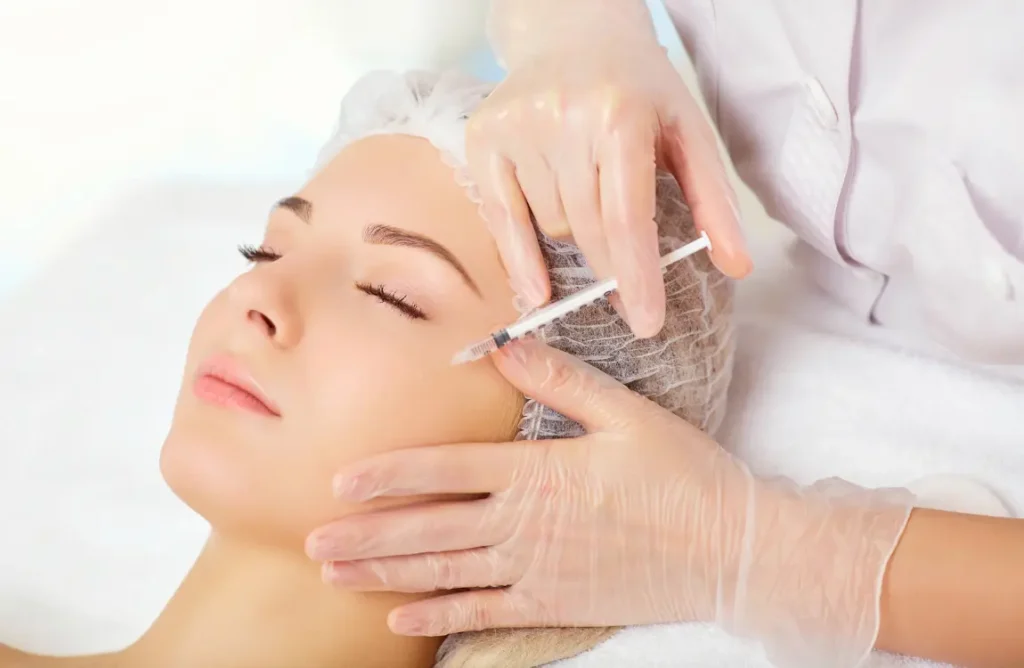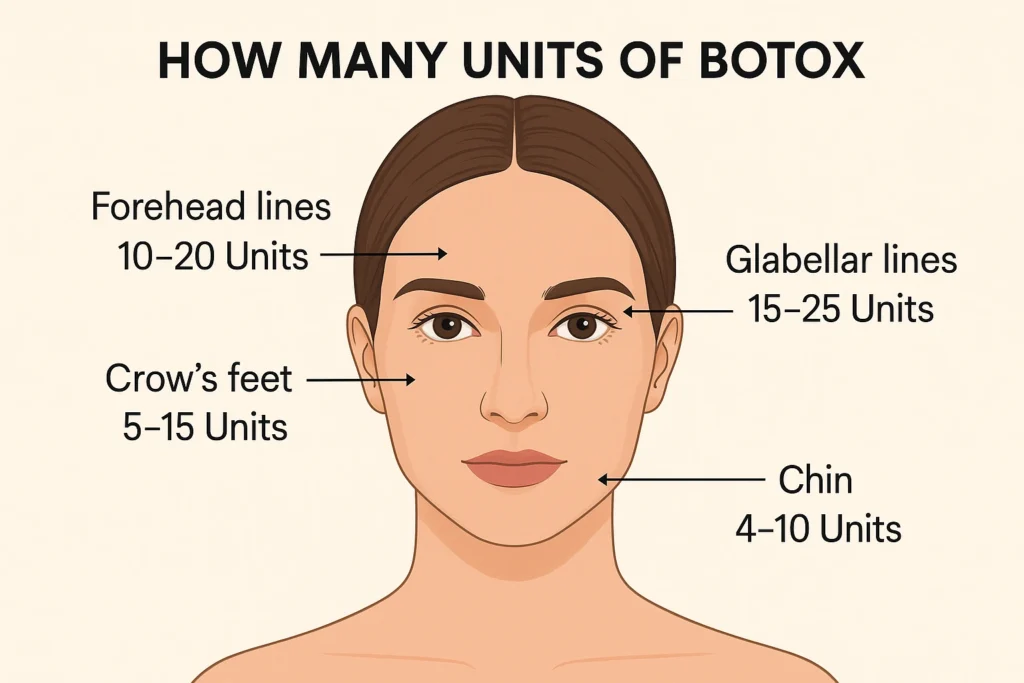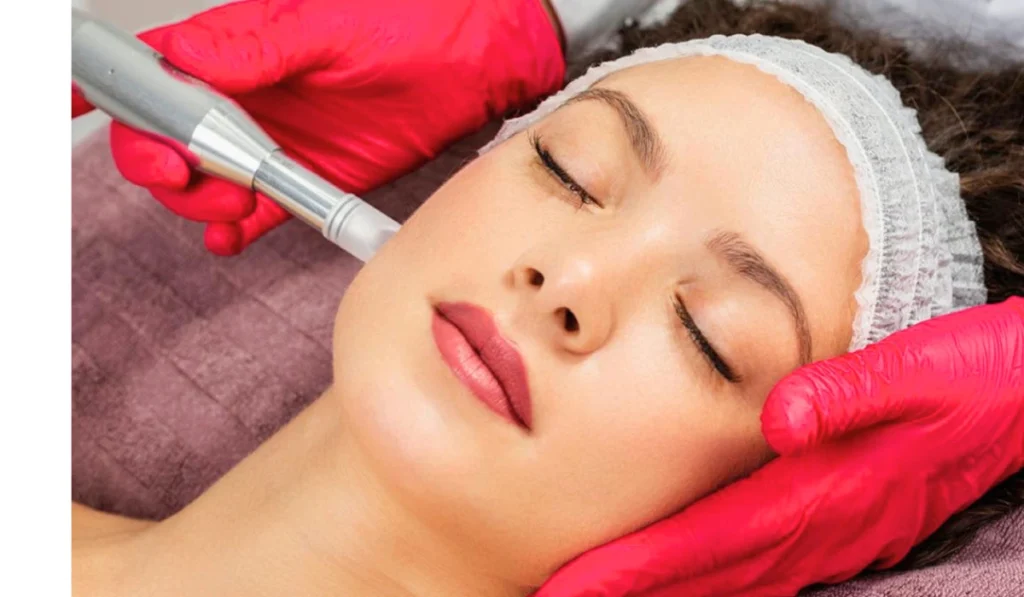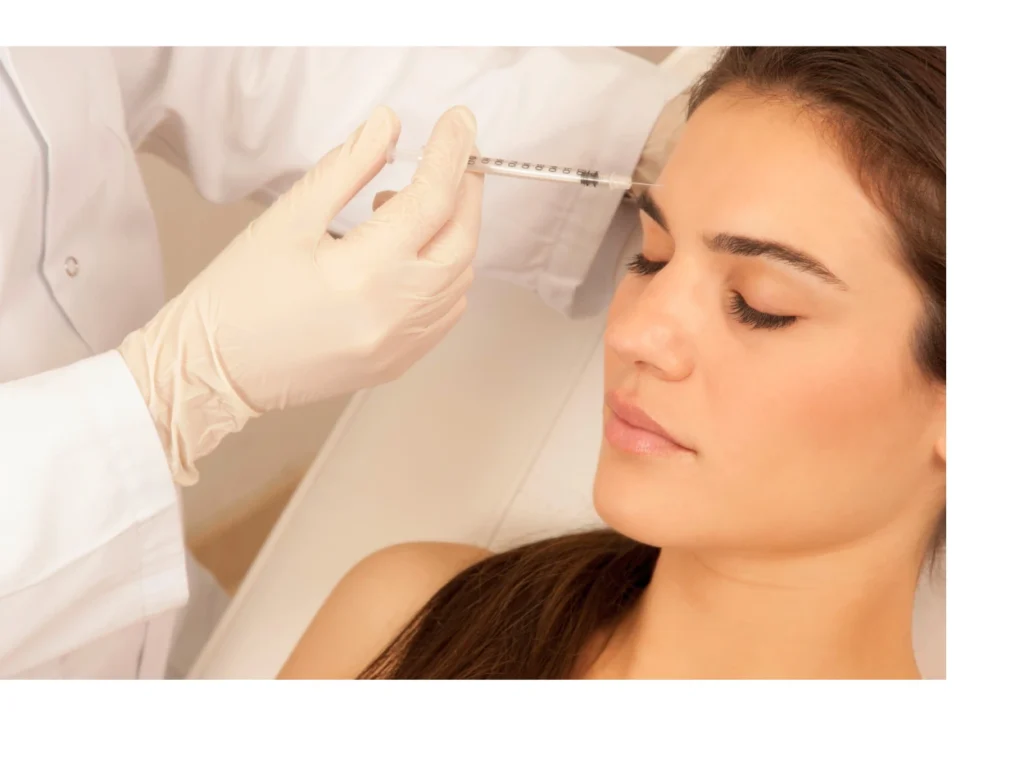You can do microneedling every 4 to 6 weeks. This frequency allows the skin to heal and produce new collagen.
Microneedling is a popular cosmetic procedure. It helps improve skin texture and reduces scars. But, knowing how often to do it is crucial for best results. Microneedling uses tiny needles to create small injuries in the skin. These micro-injuries trigger the body’s healing process.
This leads to the production of collagen and elastin, which are vital for firm, youthful skin. Overdoing microneedling can harm your skin. Thus, it’s important to follow recommended guidelines. In this blog, we will explore how often you should do microneedling. We will also discuss the benefits of sticking to a proper schedule. This ensures you get the best results without damaging your skin.
Introduction To Microneedling
Microneedling has become a popular skin treatment in recent years. People use it to improve their skin texture and appearance. This technique involves using tiny needles to create small punctures in the skin. It might sound scary, but the results can be amazing. Let’s dive into what microneedling is and its benefits.
What Is Microneedling?
Microneedling is a cosmetic procedure. It involves tiny needles that create small wounds on the skin’s surface. These micro-injuries trigger the body’s healing process. They stimulate collagen and elastin production. These proteins help keep the skin firm and smooth. The procedure can be done by a professional or at home using a derma roller.
Benefits Of Microneedling
Microneedling offers many benefits. It can reduce the appearance of fine lines and wrinkles. It helps in fading acne scars and stretch marks. The treatment improves skin texture and tone. It can also shrink large pores. Some people notice glowing skin after a few sessions. It makes the skin look fresher and younger. Overall, microneedling can enhance your skin’s overall appearance.

Credit: skinspanewyork.com
Frequency Of Microneedling Sessions
Microneedling is a popular skincare treatment known for its skin-rejuvenating benefits. It involves using tiny needles to create micro-injuries on the skin, stimulating collagen production. But how often should you do microneedling? The frequency of microneedling sessions depends on several factors, including general guidelines and individual skin types.
General Guidelines
Dermatologists generally recommend waiting 4 to 6 weeks between microneedling sessions. This allows your skin to heal and regenerate. For beginners, starting with one session per month is advisable. This frequency helps your skin adjust to the treatment and shows visible results over time.
For those seeking to treat deeper skin issues like scars or stretch marks, more frequent sessions might be beneficial. In such cases, you can have one session every 2 to 4 weeks. Always consult a professional before increasing your session frequency.
Skin Type Considerations
Your skin type plays a crucial role in determining how often you should undergo microneedling.
- Oily Skin: People with oily skin can handle more frequent sessions. They might benefit from one session every 3 to 4 weeks.
- Dry Skin: Those with dry skin should allow more time between sessions. Waiting 4 to 6 weeks is advisable to prevent irritation.
- Sensitive Skin: Individuals with sensitive skin should be cautious. Start with one session every 6 weeks and monitor your skin’s reaction.
Every skin type reacts differently to microneedling. Keep an eye on your skin’s response and adjust the frequency accordingly.
Below is a table summarizing the general frequency guidelines based on skin type:
| Skin Type | Recommended Frequency |
|---|---|
| Oily Skin | Every 3 to 4 weeks |
| Dry Skin | Every 4 to 6 weeks |
| Sensitive Skin | Every 6 weeks |
Consistency is key in microneedling. Following these guidelines can help you achieve the best results while maintaining your skin’s health.
Factors Affecting Microneedling Frequency
Microneedling is a popular skincare treatment. The frequency of microneedling depends on various factors. Understanding these factors helps optimize results while ensuring safety.
Age And Skin Condition
Age plays a key role in microneedling frequency. Younger skin heals faster, allowing for more frequent sessions. Older skin requires more time to recover. Skin condition is another important factor. Healthier skin might tolerate more frequent treatments. Damaged or sensitive skin needs longer breaks between sessions.
Treatment Goals
Treatment goals also determine how often you can do microneedling. For anti-aging, fewer sessions might be needed. This is because the goal is to stimulate collagen over time. For acne scars, more frequent treatments may be required. This helps to break down scar tissue and promote healing. Always consult with a skincare professional to set a suitable schedule.
Professional Vs. At-home Microneedling
Microneedling has gained popularity for its ability to rejuvenate the skin. There are two main options: professional treatments and at-home devices. Both methods have their pros and cons. Understanding the differences can help you choose the best option for your skin.
Professional Treatments
Professional microneedling treatments are performed by trained specialists. They use advanced equipment to create tiny punctures in the skin. This stimulates collagen production, leading to smoother and firmer skin.
These treatments are usually done in a clinic or spa setting. The depth of the needles can be adjusted based on your skin type and concerns. This ensures a tailored approach for each individual. Professional treatments are often more effective due to the precision and expertise involved.
Sessions typically occur every 4 to 6 weeks. This allows the skin to heal and regenerate between treatments. Multiple sessions are often recommended for the best results. Always consult with a specialist to determine the appropriate frequency for your skin needs.
At-home Devices
At-home microneedling devices have become more accessible. These tools are designed for personal use. They usually have shorter needles compared to professional equipment.
At-home devices can be used more frequently, often every 1 to 2 weeks. The shorter needles make the process less invasive. This reduces the risk of complications. However, the results may not be as dramatic as professional treatments.
It’s important to follow the instructions carefully. Clean the device before and after each use. This prevents infection and ensures safe usage. Always start with a clean face and apply a soothing serum after the session.
At-home microneedling can be a convenient option. It allows for regular maintenance of the skin. Yet, it’s essential to manage expectations. For significant skin concerns, professional treatments may be more suitable.
Pre-microneedling Preparation
Preparing for microneedling is crucial for achieving the best results. Proper preparation ensures your skin is ready and helps avoid complications. Here’s a detailed guide on how to get your skin ready for microneedling.
Skin Care Routine
A consistent skin care routine is key. Prioritize cleansing, moisturizing, and sun protection. Here’s a simple routine to follow:
- Cleanse: Use a gentle cleanser to remove dirt and oil.
- Moisturize: Apply a hydrating moisturizer to keep your skin nourished.
- Sun Protection: Use a broad-spectrum sunscreen with SPF 30 or higher.
Ensure you stick to this routine at least a week before your microneedling session. Avoid using harsh products like retinoids or acids which can irritate your skin.
Medications To Avoid
Certain medications can increase the risk of bruising or bleeding. It’s important to avoid them before microneedling. Here’s a list of common medications to skip:
| Medication | Reason |
|---|---|
| Aspirin | Increases bleeding risk |
| Ibuprofen | Causes bruising |
| Blood Thinners | Prolongs bleeding |
Consult your doctor before stopping any prescribed medication. Also, avoid alcohol and herbal supplements like garlic and ginkgo biloba for a few days before the procedure.
By following these steps, you can ensure your skin is in the best possible condition for microneedling. This will help achieve optimal results and minimize any potential side effects.
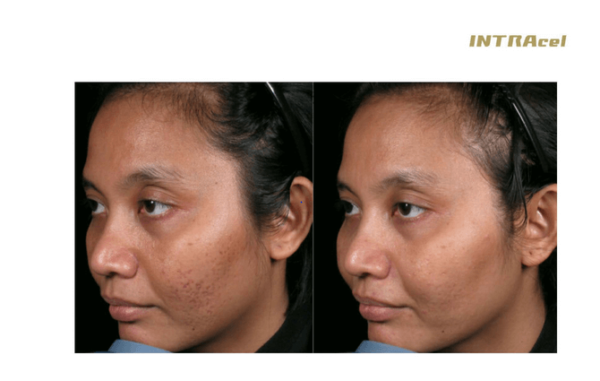
Credit: www.drfarole.com
Post-microneedling Care
Proper care after microneedling is crucial. It ensures optimal results and minimizes side effects. Below, we discuss immediate aftercare and long-term maintenance.
Immediate Aftercare
After your microneedling session, your skin will be sensitive. Follow these immediate care steps:
- Cleanse Gently: Use a mild cleanser. Avoid harsh products for the first 24 hours.
- Hydrate: Apply a hydrating serum. It helps soothe the skin.
- Sun Protection: Avoid sun exposure. Apply a broad-spectrum sunscreen.
- Avoid Makeup: Do not use makeup for at least 24 hours.
- No Heavy Exercise: Avoid heavy exercise that causes sweating.
Long-term Maintenance
Maintaining your skin after microneedling is important. Follow these tips for long-term care:
- Regular Hydration: Keep your skin hydrated. Use a good moisturizer daily.
- Consistent Sunscreen Use: Apply sunscreen every day. Protect your skin from UV rays.
- Healthy Diet: Eat a balanced diet. It promotes skin health.
- Scheduled Treatments: Follow your esthetician’s recommendations. Stick to the treatment schedule.
- Avoid Harsh Products: Steer clear of products with alcohol or strong acids.
Potential Risks And Side Effects
Microneedling is a popular skin treatment. It can help improve skin texture. But there are some potential risks and side effects. Knowing these can help you make an informed decision.
Common Side Effects
After microneedling, some people experience redness. The skin may look and feel like a mild sunburn. This usually fades after a few days. Swelling is another common side effect. This is temporary and should go away soon.
Bruising can also occur. This is more likely if you have sensitive skin. You might see tiny dots of blood. These are from the needles and should not cause concern.
When To Seek Medical Advice
While most side effects are mild, some need medical attention. If you notice severe pain, contact a doctor. Infections are rare but possible. Signs include increased redness, swelling, or pus.
Allergic reactions are another concern. If you have a rash or trouble breathing, seek help immediately. Always discuss your medical history with your provider before starting treatment.
Maximizing Microneedling Results
Maximizing microneedling results can lead to smoother, clearer, and healthier skin. Consistency is important, but so is using the right complementary treatments and making smart lifestyle choices. Below, we explore how to enhance your microneedling outcomes effectively.
Complementary Treatments
Microneedling works best with other skin treatments. Here are some effective combinations:
- Hyaluronic Acid Serums: Helps hydrate and plump the skin.
- Vitamin C Serums: Boosts collagen production and brightens the skin.
- Peptides: Supports skin healing and repair.
- Retinoids: Enhances cell turnover and skin texture.
After a microneedling session, avoid harsh treatments like chemical peels. Let your skin heal before trying other potent procedures.
Lifestyle Tips
Your daily habits play a big role in your skin health. Here are some tips to follow:
- Stay Hydrated: Drink plenty of water to keep your skin hydrated.
- Eat a Balanced Diet: Include fruits, vegetables, and lean proteins.
- Get Enough Sleep: Aim for at least 7-8 hours of quality sleep.
- Avoid Smoking: Smoking can damage your skin and slow down healing.
- Use Sunscreen: Protect your skin from UV rays every day.
These lifestyle choices can help maintain and boost your microneedling results. Proper care and a healthy lifestyle lead to glowing skin.
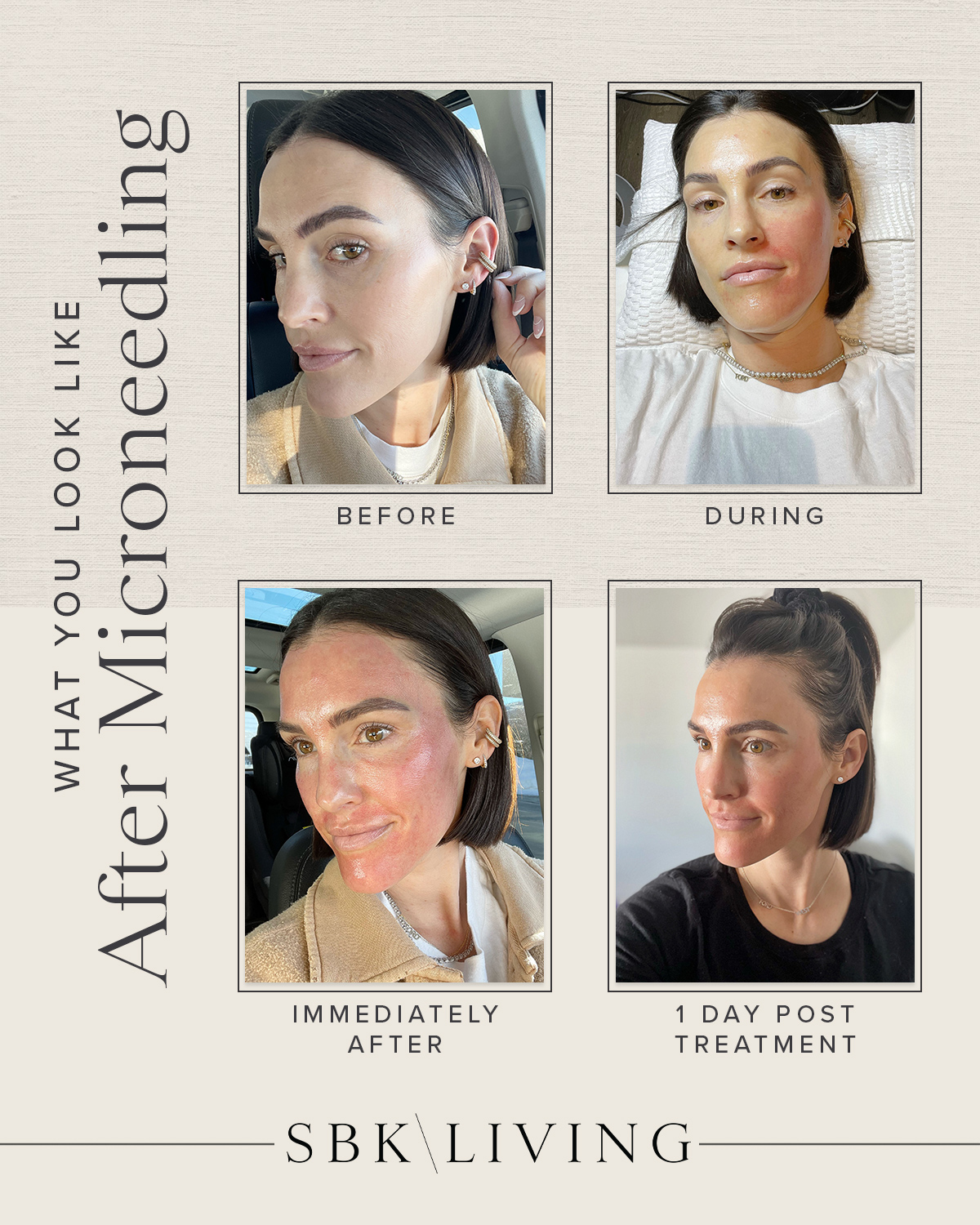
Credit: www.sbkliving.com
Frequently Asked Questions
How Often Should You Do Microneedling?
Microneedling can be done every 4 to 6 weeks. This allows the skin to fully heal. Frequency may depend on your skin type and concerns.
Is Microneedling Safe To Do Regularly?
Yes, microneedling is generally safe when done by a professional. Regular treatments can improve skin texture and reduce scars. Always follow aftercare instructions.
What Are The Benefits Of Frequent Microneedling?
Frequent microneedling can enhance collagen production. It improves skin texture and reduces wrinkles. It can also help with acne scars and pigmentation.
Can Microneedling Be Overdone?
Yes, overdoing microneedling can damage your skin. It’s important to follow recommended intervals. Consult a professional to avoid over-treatment.
Conclusion
Microneedling can greatly improve your skin with regular use. Stick to a consistent schedule. Most experts recommend every 4 to 6 weeks for best results. Always consult your dermatologist before starting. They can guide you on frequency and care. Proper aftercare is key to healing and results.
Stay patient. Healthy, glowing skin takes time. Follow these tips, and you’ll enjoy the benefits of microneedling. Your skin will thank you!

